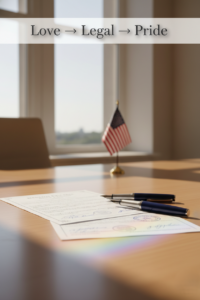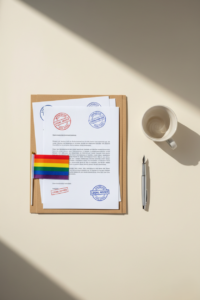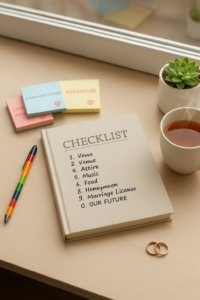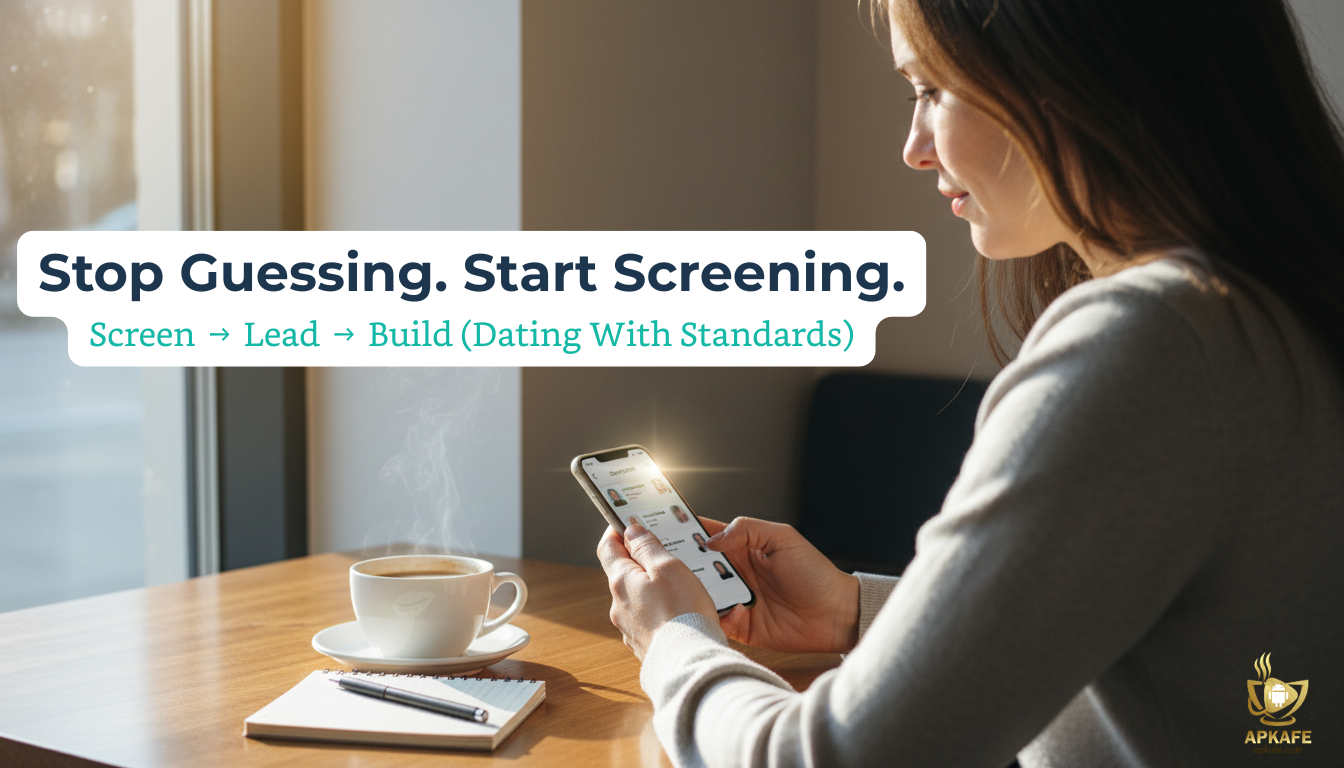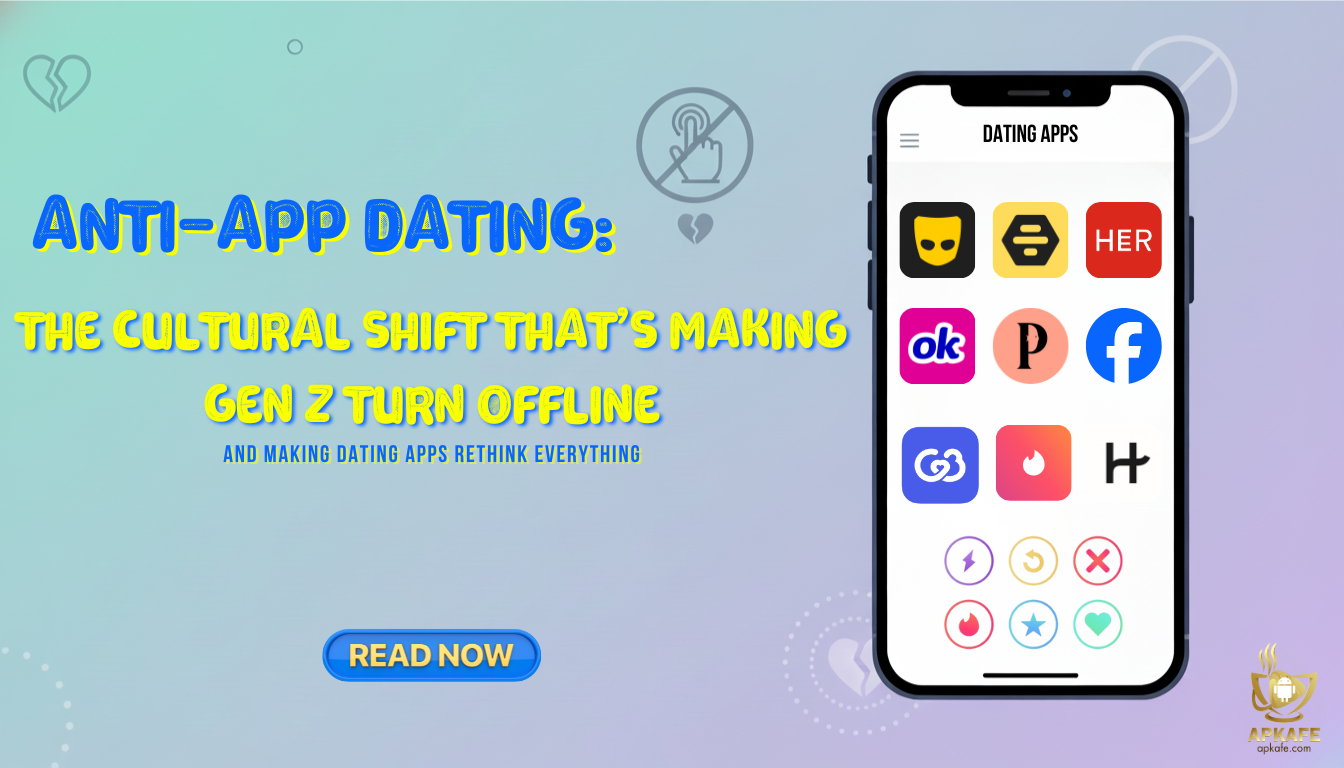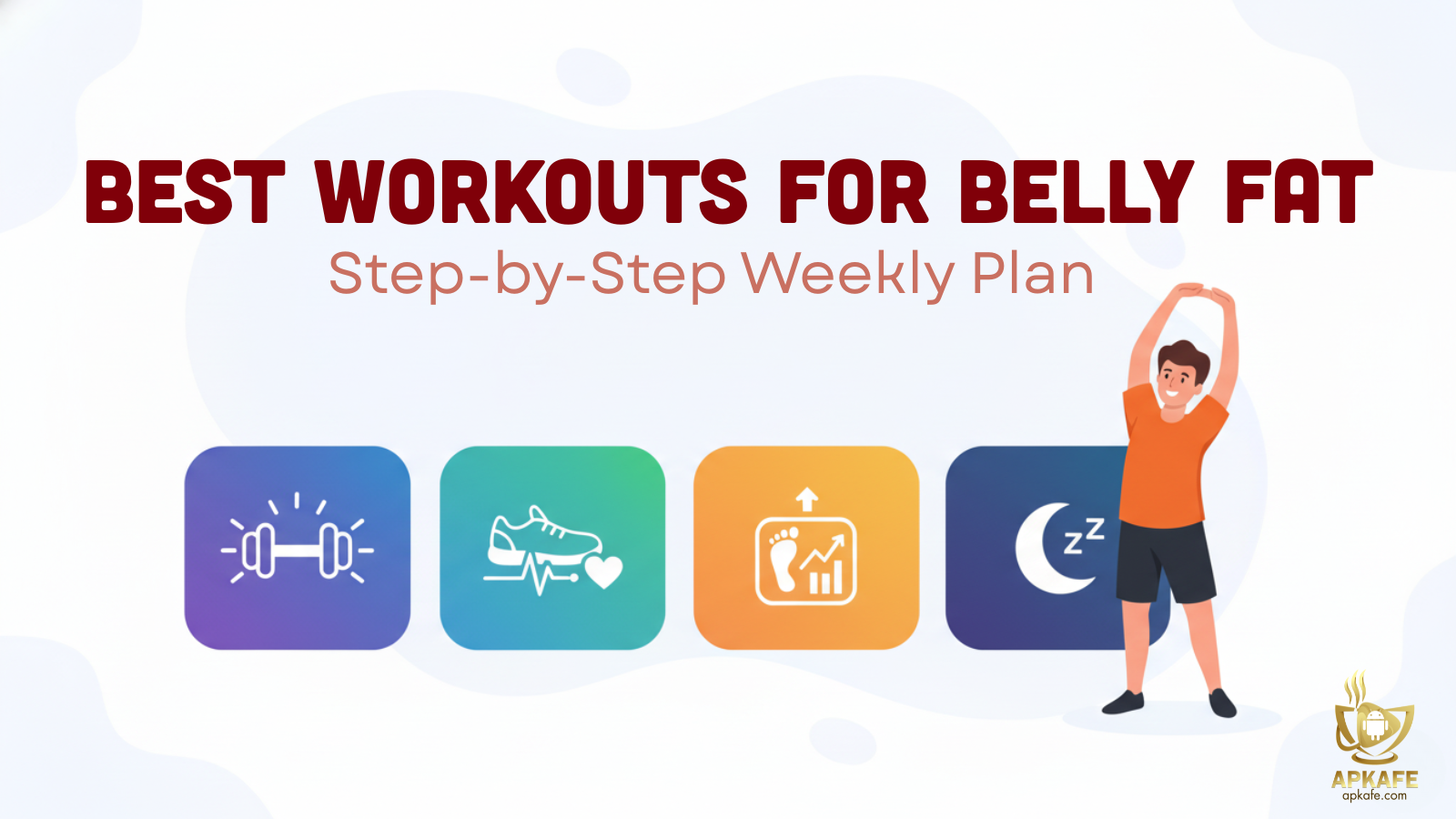Make It Official: A Complete Guide for LGBTQ+ Couples Getting Married in the U.S.
You’ve found the person who feels like home — someone who makes you laugh, who gets you, who feels like you're forever. But when it comes to making it official — marriage, paperwork, safety — suddenly, love feels like a maze of laws and what-ifs.
In this guide, you’ll learn how to protect your love legally, prepare emotionally, and use dating apps safely along the way — with real stories, pro tips, and zero stress.
🎁 And here’s my promise: if you stay with me until the end, you’ll discover one insight that completely changes how you see marriage — turning it from paperwork into something profoundly human, empowering, and free.
1️⃣ Understand Your Legal Rights
Before signing any papers, you need to know which laws actually protect your love — and which could still cause delays.
Why knowing the law matters
Same-sex marriage is recognized nationwide under federal law. Every state must treat same-sex and opposite-sex couples equally when issuing marriage licenses.
However, local paperwork and waiting periods still vary, which is a detail many couples overlook.
According to a Gallup national survey, over 70% of Americans now support same-sex marriage — the highest level of acceptance ever recorded. That shift means more couples are not only legally protected but also socially encouraged to take this step confidently.
And remember — knowing your rights is empowering, but understanding how state laws differ makes you unstoppable. Dive deeper in our explainer: LGBTQ Rights: Federal vs State Safety
Federal vs State Recognition
At the federal level, all same-sex marriages enjoy the same benefits as heterosexual ones — tax filing, immigration sponsorship, healthcare coverage, and next-of-kin rights.
But state-level bureaucracy can differ slightly in application fees, required documents, or ceremony protocols.
Always verify your state’s latest rules via official .gov websites before submitting paperwork
Now that you understand the law, the next step is where it gets real — turning those rights into an actual marriage license..
💡 State Spotlight:
- California: You can apply online and have no waiting period — perfect for couples who plan ahead.
- Texas: Marriage licenses expire after 90 days, and there’s a 72-hour waiting period unless waived by a judge.
- New York: Requires both applicants to appear in person, and the license becomes valid 24 hours after issuance.
✅ Tip: Always double-check your county’s clerk website for updated requirements.
2️⃣ Step-by-Step: Completing Same-Sex Marriage Paperwork
Paperwork doesn’t have to be stressful — think of it as the bridge between your love story and your legal recognition.
This is the part where love meets logistics — and preparation makes all the difference.
Summary: Once you gather the right documents and understand your rights, the path is smoother than most expect.
💡 Insight: The hardest part isn’t paperwork — it’s patience and courage to claim your space in the world, officially and proudly.
Step 1: Gather Required Documents
Before you walk into the clerk’s office, ensure you have:
- Government-issued ID (passport or driver’s license)
- Proof of residence (utility bill or lease)
- Birth certificates (if required by state)
- Divorce decree (if previously married)
- Application fee (varies by state, typically $30–$90)
Pro Tip: Check name consistency across IDs and signatures — mismatched spellings can delay approval.
Step 2: Apply for a Marriage License
Visit your county clerk’s office together. Most counties now offer online applications, but both partners usually need to appear in person to sign.
- Review requirements for witnesses and waiting periods (some states require 24–72 hours before the ceremony).
- Double-check that your license explicitly includes same-sex couples — some databases still use outdated forms.
Pitfall: Forgetting to bring identification for both partners can invalidate your appointment.
Pro Tip: Ask the clerk to confirm your ceremony window and expiration date (licenses often expire in 60–90 days).
Step 3: Schedule and Attend Your Ceremony
You can choose:
- Civil Ceremony — officiated by a judge or court clerk (simple, fast, legal)
- Religious or private ceremony — officiated by an ordained person recognized by your state
Tip: If you choose a private officiant, confirm they’re authorized to perform same-sex marriages — not all religious institutions are inclusive.
After your ceremony:
- The officiant submits the signed license to the county office.
- Within a short period, you’ll receive your official marriage certificate.
Paperwork done? Perfect. But before you plan the honeymoon, let’s talk about where love often begins — online.
If you’re still choosing who’ll officiate your ceremony, or wondering how to show commitment on your dating profile before the big day — check out What Gay Guys Look for in a Partner (and How to Show It on Dating Apps)
3️⃣ Safe Online Dating Before Marriage
Not every profile is what it seems. But with the right safety habits, love online can turn into something real.
Why It Matters
Have you ever wondered how many couples actually meet through dating apps—and turn a swipe into a lifelong relationship?
For many LGBT couples, love begins online—on apps like Grindr, Hinge, OkCupid, or Scruff.
While dating apps have improved safety features, there are still risks: scams, hookups, harassment, or data misuse.
And for some, a few messages have turned into partnerships that last for years—proof that online safety and honesty can build real-life love.
This section helps you protect your heart and privacy.
You’ve met someone you feel is right for you. What’s the next challenge? Avoiding small mistakes that could lead to big problems later.
Best LGBT Dating Apps to Try in the U.S.
- Grindr — Best for Local Connections
Who it’s for: Gay, bi, trans, and queer men seeking nearby matches.
Standout features: Real-time distance, safety prompts, profile blocking/reporting.
Safety note: Use “discreet mode” in conservative areas. - OkCupid — Best for Serious Relationships
Who it’s for: Anyone across the LGBT spectrum seeking long-term matches.
Features: Inclusive gender/pronoun options, “questions for compatibility,” verified photos.
Safety note: Use the app’s built-in verification before meeting. - Hinge — Best for Intentional Dating
Who it’s for: LGBT singles looking for meaningful connections.
Features: Conversation prompts, mutual friend linking, detailed profiles.
Safety note: Disable location sharing until trust builds. - Scruff — Community-Oriented and Event-Based
Who it’s for: Men and trans individuals exploring friendship, dating, or travel meetups.
Features: “Venture” mode for travelers, safety alerts for high-risk areas.
Safety note: Avoid sharing travel plans publicly.
If you’re exploring your options, we’ve already compared them in Top Dating Apps for Gay Men in the U.S.. You’ll see which apps work best for genuine connection, not just casual chat.
Privacy Settings and Permissions
- Location: Set to “While Using” only. Avoid “Always On.”
- Photos & Camera: Use in-app photo tools instead of gallery uploads.
- Social Links: Avoid connecting to Instagram or Facebook to protect identity.
- Verification: Use face/photo verification to block impersonators.
Pro Tip: After deleting the app, revoke its permissions manually in your phone settings.
Want to stay even safer? Follow our Dating Safety Checklist for First-Time App Users — it’s simple, visual, and will protect you before your first date.
Spotting and Reporting Unsafe Behavior
Unsafe behavior includes:
- Requests for money or personal documents
- Pressure to meet in private or isolated areas
- Repeated boundary violations
In a survey by Pew Research, 43% of LGBT users reported at least one unsafe experience on dating apps — often from unverified or fake profiles. That’s why using in-app verification and trusting your instincts isn’t optional — it’s essential.
If you’re unsure how to handle awkward or unclear interactions, this short read — How to Talk to Gay Guys on Dating Apps — can help you communicate clearly while keeping your boundaries safe.
Report directly in-app: use Report → Harassment / Scammer / Fake Profile.
Document evidence: screenshots or chat logs.
Block immediately if your safety feels compromised.
4️⃣ Pitfalls & Pro Tips for LGBT Marriage Preparation
Even equality can come with paperwork traps. Let’s skip the stress and fix the most common ones.
Even with equality laws, logistical and emotional hurdles remain. Let’s fix them before they derail your day.
| ⚠️ Pitfall | 💡 Pro Tip |
|---|---|
| Assuming every state follows the same process | Always verify your county clerk’s current form and timeline |
| Forgetting to check officiant inclusivity | Choose officiants experienced with LGBT ceremonies |
| Overlooking name change requirements | Update IDs, passports, and bank accounts systematically |
| Posting certificate photos online | Blur personal details before sharing on social media |
| Not saving document copies | Use encrypted cloud storage for backup |
You’re nearly there — but even with all precautions, digital safety remains your lifelong companion. Let’s make sure you never skip it.
Quick tip: If you’re over 40 and want a slower, more genuine dating rhythm, explore Gay Dating Apps for Over 40 — more mature crowd, fewer games.*
Summary: Mistakes are just reminders that you’re trying to do it right.
💡 Insight: Real confidence comes from preparation — not perfection.
5️⃣ Safety & Privacy Tips for LGBT Daters
Before you meet anyone from an app or plan joint life steps, follow these safety rules (adapted from DISCLAIMER_DATING.md):
- Meet for the first time in public, busy locations — never at home.
- Tell a trusted friend your meeting time and location.
- Keep personal data private: don’t share address, ID numbers, or financial details.
- Use in-app tools for blocking or reporting.
- Review app permissions regularly — disable access to photos and location when not needed.
- Arrange your own transport to and from meetings.
- Trust your instincts — if something feels wrong, end the meeting.
Not sure whether someone on a dating app is really who they say they are? This guide — How to Tell if a Guy Is Gay on Dating Apps — helps you read subtle cues safely and respectfully.
With your safety habits locked in, all that’s left is your story — and others like you might need to hear it.
Summary: Staying safe isn’t paranoia — it’s self-respect.
💡 Insight: Protect your identity, and you’ll protect your peace.
👉 Want to go deeper? Read our guide: LGBTQ Rights: Federal vs State Safety
6️⃣ FAQs: LGBT Marriage & Safe Dating in the U.S.
You’re not alone — these are real questions from real couples who’ve stood exactly where you are now.
Q1. Is same-sex marriage recognized in every U.S. state?
Yes. All 50 states recognize same-sex marriages equally under federal law.
Q2. How long does it take to get a marriage license?
Usually 24–72 hours depending on your state. You can often apply online and pick it up in person.
Q3. Can I use dating apps for serious relationships?
Absolutely. Apps like OkCupid and Hinge are designed for long-term intent, while others like Grindr or Scruff cater to social and local dating.
Q4. How do I protect my privacy online?
Never link personal social accounts to dating profiles, use app verification tools, and always meet in public first.
Q5. What if someone discriminates against me during the marriage process?
File a report with your state’s civil rights office or contact organizations like GLAAD and HRC for legal guidance.
For parents or allies reading this, our feature Elliot Page: Coming Out Lessons for Parents & LGBTQ Support
Q6. Can I get married if I’m not a U.S. citizen?
Yes. As long as you’re legally in the U.S., you can marry a citizen or resident regardless of gender.
✅ Marriage Preparation Checklist (U.S. Edition)
☐ Confirm your state’s marriage license waiting period
☐ Bring valid photo IDs and proof of residency
☐ Double-check name spelling on all forms
☐ Ask about judge or officiant requirements
☐ Prepare at least 2 witnesses if required
☐ Make a copy of your marriage certificate for personal records
🗣️ Questions to Ask Your Clerk or Attorney
- “Do we need to appear together to apply?”
- “What’s the average processing time here?”
- “Is there an option to expedite the license?”
- “Can we use our chosen officiant?”
- “What documents should we bring on the day of signing?”
Conclusion — Equality, Safety, and Celebration
Getting married as an LGBT couple in the U.S. is no longer a dream — it’s your right.
The path involves paperwork, patience, and protection, but also pride and love.
When you handle each step carefully, you don’t just make your union official — you also help
Share your story — your experience could make someone else’s journey safer.
Summary: You’ve walked through the entire process — and you now know how to make love official, safe, and strong.
💡 Insight: Love isn’t just personal; it’s a ripple that changes society one couple at a time.
💬 Have you been through this journey? Share your story in the comments — your words might help someone else start theirs.
You’ve reached the end — and here’s the truth we promised you at the beginning:
Marriage isn’t just about signing papers or following rules — it’s about claiming visibility, equality, and peace.
When you approach every form, every question, and every waiting line with pride instead of pressure, you transform the process itself. That’s the real celebration — the moment love becomes freedom.
Explore more guides on APKAFE
- How to Come Out to Religious Parents
- Elliot Page Coming Out Lessons for Parents
- Top Dating Apps for Gay Men in the U.S.
- LGBTQ Rights in the U.S.: Federal vs State Safety
If you’re still searching for the right person before planning the big day, you might love our step-by-step piece: How to Find a Boyfriend as a Gay Man — it’s about building connections with purpose.
User Reviews

